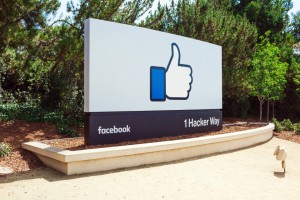
After more than 40 years of operation, DTVE is closing its doors and our website will no longer be updated daily. Thank you for all of your support.
Facebook backs new Hong Kong-US undersea cable network
The Hong Kong-Americas (HKA) consortium – which includes Facebook as a member – has signed a deal with Alcatel Submarine Networks (ASN) to lay a new underwater cable network.
 The new open cable system will span more than 13,000 kilometers and will increase connectivity between Hong Kong and the west coast of the US, reinforcing Hong Kong as a key communications hub for Asia Pacific.
The new open cable system will span more than 13,000 kilometers and will increase connectivity between Hong Kong and the west coast of the US, reinforcing Hong Kong as a key communications hub for Asia Pacific.
The HKA consortium includes Facebook, China Telecom, China Unicom, Tata Communications, and Telstra as the major parties and the new cable system will connect from Chung Hom Kok in Hong Kong to Hermosa Beach in California.
“We are proud to work with the HKA consortium on this project, which incorporates several innovations from ASN and will be based on the latest high-performance submarine line design,” said Philippe Piron, president of Alcatel Submarine Networks.
As well as partnering on the new HKA cable, Australian telecoms and information services company Telstra said it has additionally invested in capacity on the Pacific Light Cable Network (PLCN), which will also connect Hong Kong and the US.
“As economic growth continues in China and South East Asia, so too does the demand for data,” said David Burns, Telstra’s group managing director of global services and international.
“Together with the current AAG cable on which Telstra carries the most traffic today, these two investments will provide us with increased capacity across the important Hong Kong to US route, one of the fastest growing routes in the world for capacity demand.”
Facebook and Amazon are both part of a separate consortium that is building a new underwater cable that will connect America, Japan the Philippines and help deliver live and Ultra HD video.
Announced last November, the high-capacity Jupiter Cable system will follow a new transpacific route and is scheduled to be service-ready by early 2020.


